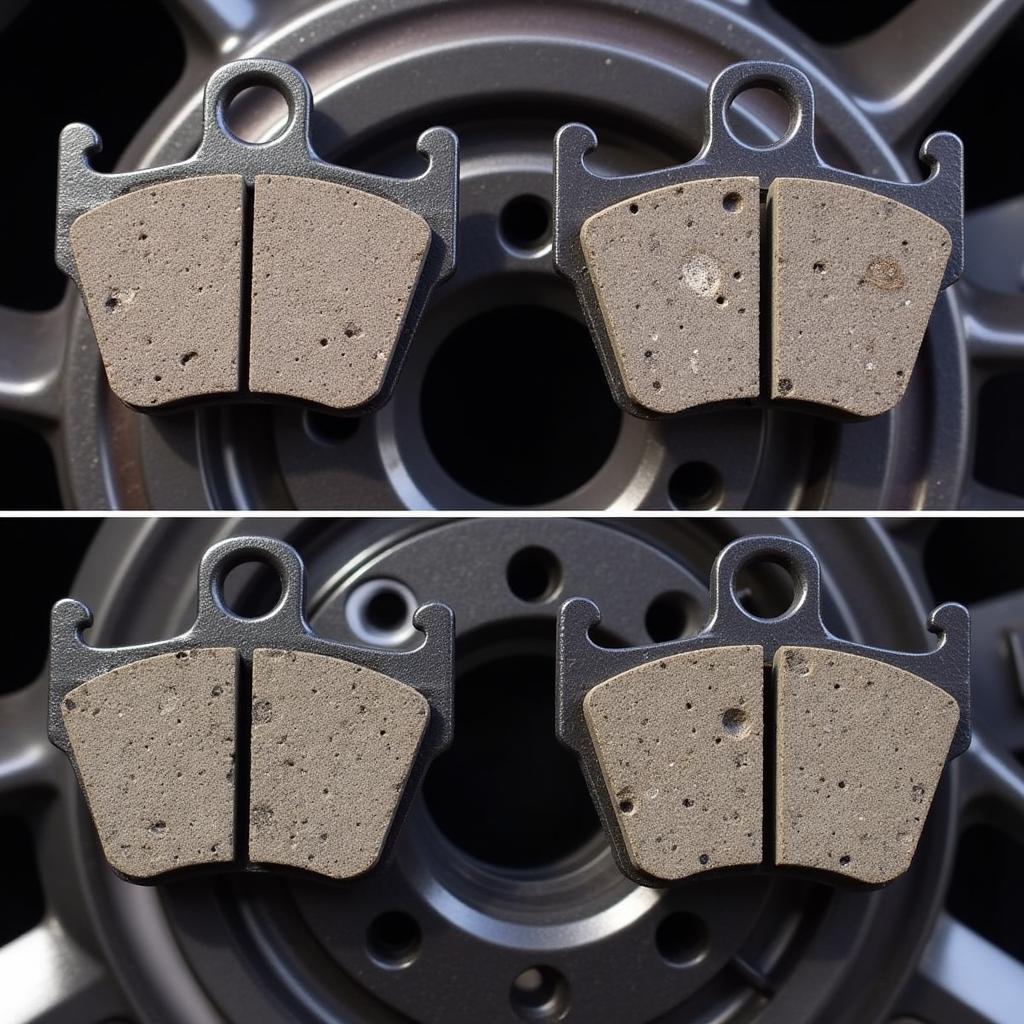In today’s digital age, car theft has become increasingly sophisticated. Gone are the days of hot-wiring a vehicle. Modern cars rely heavily on electronics, making anti-theft software a critical component of your vehicle’s security system. But how exactly does this software protect your car from being stolen?
This article will delve into the intricacies of anti-theft software, exploring its functionality, common types, and how it safeguards your vehicle from unauthorized access.
Understanding Anti-theft Software
Automotive anti-theft software operates as a sophisticated electronic barrier, designed to prevent unauthorized vehicle use. It functions by integrating with various components within your car, creating a network of security measures.
Think of it like this: your car has a digital brain, and the anti-theft software is the security guard.
Let’s break down the core elements and how they work together:
1. Immobilization: The First Line of Defense
At its core, anti-theft software focuses on immobilization. This means preventing the engine from starting or the vehicle from moving without the proper authorization, typically through a coded key or key fob.
-
Engine Control Unit (ECU): The software communicates with the ECU, the heart of your car’s engine management. If the correct key isn’t present, the software instructs the ECU to cut off fuel supply or ignition, effectively preventing the engine from starting.
-
Key Recognition: Modern vehicles often employ RFID (Radio Frequency Identification) technology in their keys. When you insert your key or it’s in proximity to the car, the anti-theft system reads a unique code. If the code matches, the system disengages; otherwise, it remains active, keeping your car immobilized.
2. Alarm System: Sounding the Alarm
Most anti-theft systems go beyond immobilization by incorporating an alarm system. This serves as a deterrent and notification system in case of a potential theft attempt.
-
Sensors: These systems utilize various sensors strategically placed throughout your vehicle, such as door sensors, shock sensors, and motion detectors.
-
Audible and Visual Warnings: If a sensor is triggered, the alarm system is activated, emitting a loud siren or horn blasts and flashing the headlights, alerting you and deterring the thief.
3. Advanced Features: Taking Security a Step Further
As technology advances, so do anti-theft systems. Many modern vehicles now boast sophisticated features:
-
GPS Tracking: This allows you to track your vehicle’s location remotely if it’s stolen, aiding law enforcement in recovery.
-
Remote Shutdown: Some systems enable you to remotely shut down your engine if you suspect your car is being stolen.
-
Biometric Authentication: High-end systems might even incorporate fingerprint or facial recognition to grant access and start the vehicle.
Common Types of Anti-theft Systems
-
Factory-Installed Systems: Most vehicles come equipped with a basic anti-theft system as a standard feature.
-
Aftermarket Systems: You can enhance your car’s security with additional aftermarket systems, offering advanced features like GPS tracking or remote start.
How to Identify Anti-theft Software Issues
Malfunctioning anti-theft software can be a major inconvenience. Common signs of issues include:
-
Frequent False Alarms: If your alarm is triggered for seemingly no reason, there might be a fault in one of the sensors or the software itself.
-
Difficulty Starting the Engine: If your key fob is working correctly and you’re still experiencing starting problems, the anti-theft system might be preventing the engine from turning over.
-
Warning Lights: Keep an eye out for any unusual warning lights on your dashboard, such as a flashing key symbol or a security alert.
What to Do If You Suspect an Issue
If you encounter any problems with your anti-theft system, it’s essential to address them promptly. Consider these steps:
-
Consult Your Owner’s Manual: Begin by checking your car’s owner’s manual for specific information and troubleshooting tips related to your vehicle’s anti-theft system.
-
Contact a Qualified Mechanic: If the manual doesn’t provide a solution or you suspect a more complex issue, it’s best to consult a qualified mechanic or dealership specializing in automotive electronics.


